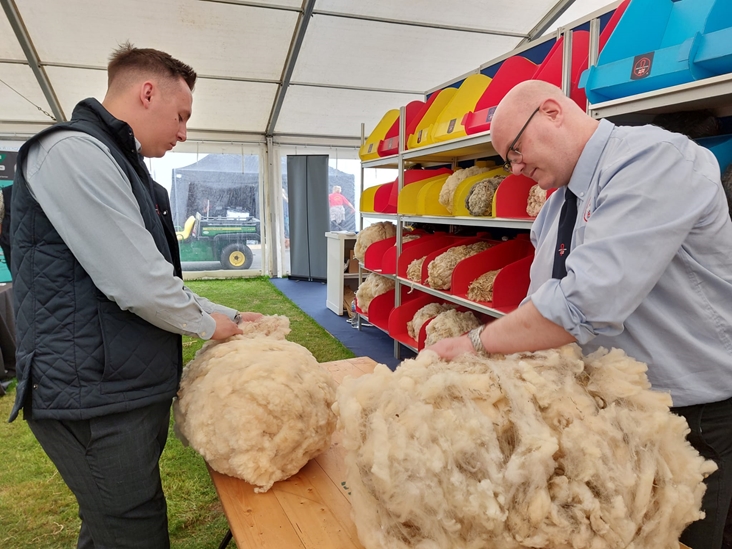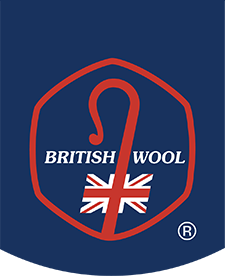It’s show time! Fleece Competition Guide
The agricultural shows held across the UK during the summer months are an excellent opportunity to showcase the high quality of livestock and products produced by farmers. British Wool also sees the shows as an opportunity to engage with members and the public on the important work being done to represent the wool sector and in showcasing the unique characteristics and environmental benefits of British Wool as a quality fibre.
British Wool’s presence at the shows includes informative and interesting displays at the major shows and there will be an opportunity to speak with British Wool representatives at these shows or usually found around the sheep or shearing areas. Also, as a way of promoting the high quality and versatility of the fibre produced here in the UK, British Wool will be supporting several Fleece and Wool on the Hoof competitions.
When it comes to shearing this year – why not pick out your best fleeces using the guidelines below and bring some along to your local fleece competition.
Usually there are a selection of classes you can enter:
Class 1 - FINE - (including Down, Down Cross & Portland)
Class 2 - MEDIUM – (including Halfbred, Kent, Texel & Lleyn)
Class 3 - CROSS – (including Masham, Mule & Greyface)
Class 4 - LUSTRE – (including Wensleydale, Lincoln, Devon, Cotswold & Bluefaced Leicester)
Class 5 - HILL – (including Radnor, Improved Welsh, Cheviot, Exmoor, Gritstone & Lonk)
Class 6 - MOUNTAIN – (including Swaledale, Dalesbred, Blackface, Rough Fell and Welsh)
Class 7 - NATURALLY COLOURED – (including Jacob, Herdwick & Black Welsh Mountain or any other Naturally coloured pure bred or cross bred fleece)
Showing your fleece is not as daunting as you may think, all that is needed is a clean fleece, patience, and practice. If you do not want to exhibit your sheep, then it is a good way to show off your flock and it does not need a trailer or a very early start!
First choose your fleece using the following as a guide:
- It needs to be pleasing to the eye and typical of the breed.
- The fleece must be as even as possible in that it should have the same crimp (curl) from the front to the back and it should be a good length for the age of the sheep.
- Shearling fleeces are longer and are, in general, the best fleeces to show as the sheep will not have had a lamb, therefore reducing the problem of stress marks.
- The fleece must be as clean as you can get it, make sure that you remove all the bits of hay, cotty wool (usually around the neck and chest where it has become wet and felted together) just pull this away and discard it, also any bits of hedge or foreign objects.
Artificial colouring is not permitted i.e., bloom dips.
Roll the fleece:
- Lay the fleece out flat on a table. Skin side should be on the bottom and the outside of the fleece on top looking at you. Blackface, Rough fell, Herdwick, outside of the fleece on the table with the skin side facing you.
- Make sure that the fleece is not stretched out.
- Fold the sides to meet the middle so that there are no straggly ends sticking out
- Start from the tail and proceed to roll the fleece towards the neck, keeping it as tight in the roll as you can.
- Once you have almost reached the end you need to twist the neck end to form a loose rope
- Whilst keeping the “rope roll” tight it should be tucked into the “fleece roll”. This should be central and not to the side as it will make the roll go lop sided.
You may like to use an old sheet to wrap your fleece in once it is finished to prevent any damage and stop any dirt getting onto the fleece. Do not keep fleeces in a plastic bag as they will sweat.
We wish anyone exhibiting their wool, sheep or competing in shearing or wool handling competitions at shows this year, the very best of luck.
Back to Press Releases
 Fleece Competition, Great Yorkshire Show 2022
Fleece Competition, Great Yorkshire Show 2022
